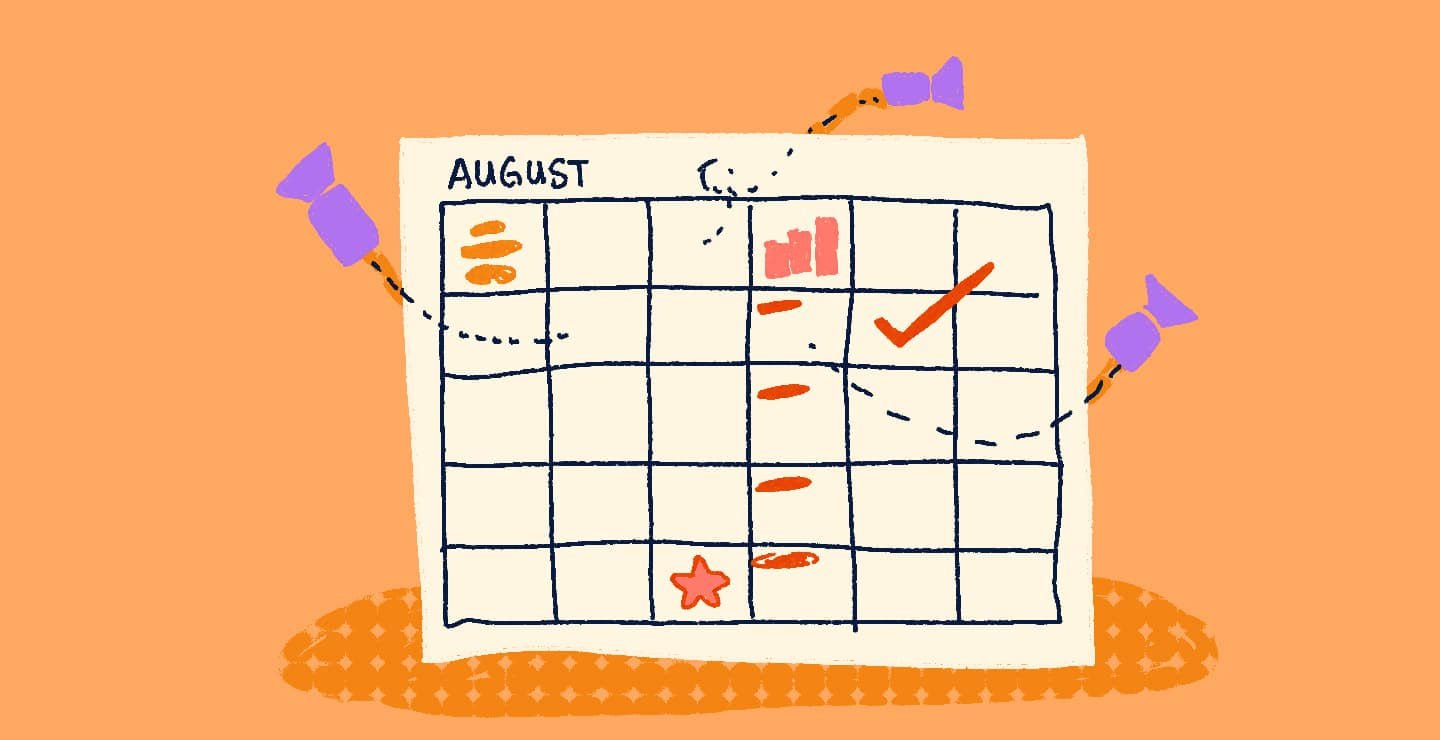Table of Content
Try Vizitor for Free!

Thu, Apr 4, 2024
Read in 5 minutes
**Recurring meetings: Powerhouse for progress or productivity drain?**While crucial for project alignment and team connection, recurring meetings can become time-sucks. Turn them around! We’ll equip you with strategies to run effective meetings that are engaging, focused, and valuable. Transform your recurring calls into powerful tools for team success and enhanced collaboration.
Ever feel like you spend half your workday in meetings? You’re not alone. Meetings are a cornerstone of collaboration, but poorly planned ones can be a drain on productivity and morale. This blog post dives into the world of recurring meetings, those regular gatherings that keep teams connected and projects moving forward. We’ll explore best practices to ensure your recurring meetings are efficient, engaging, and valuable for everyone involved.
What are Recurring Meetings?
Recurring meetings happen on a regular schedule, daily, weekly, monthly, or even quarterly. They can be one-on-one with your manager, team brainstorms, or project check-ins. The key is consistency – they provide a regular touchpoint to keep everyone on the same page.

Regular Team Huddles: Stay on Track, Stay Connected
Ever been to a meeting that could have been an email? Maybe it was one you have every week, month, or quarter. These are called recurring meetings, and they’re like scheduled team huddles.
Why are they helpful? Unlike one-time meetings, these huddles happen regularly. This keeps everyone on the same page and talking about projects. It’s like a routine check-in to see how things are going and discuss any bumps in the road.
Think of it like this: Weekly huddles focus on what needs to be done this week, while monthly ones might look at bigger plans for the future.
Here’s the good stuff about these regular huddles:
• Talk time: They keep everyone connected and understanding what others are working on.
• Project check-ups: Like a doctor’s visit for your projects, they help catch problems early.
• Team spirit boost: Seeing each other regularly helps build a stronger team.
• Save time: Regular huddles can replace those “catch-up” meetings that pop up all the time.
• Clear goals: Everyone knows what they need to do, making them more accountable.
• The bottom line: Regular team huddles can make communication smoother, teamwork stronger, and everyone more productive. So, give them a try!
Why Plan Your Recurring Meetings?
Without a plan, recurring meetings can become tedious and unproductive. Here’s how planning can transform your meetings:

• Save Time: A clear agenda keeps everyone focused and avoids wasting time figuring out what to discuss.
• Boost Engagement: Knowing what to expect keeps attendees engaged and prepared to contribute.
• Increase Productivity: Focused discussions lead to clear action items and move projects forward.
Simple Strategies for Effective Recurring Meetings

• Schedule Smart: Pick a day and time that works for most attendees, considering hybrid work schedules.
• Book a Room: Reserve a meeting space that accommodates your group size – both physically and virtually.
• Craft a Compelling Agenda: Outline key discussion points, leaving room for participant input. Share the agenda beforehand with a link to any relevant documents.
• Mark Guests as Optional: Not everyone needs to be at every meeting. Use “optional” attendees for those who might benefit but don’t require constant participation.
• Set an End Date: If your meeting has a specific goal, schedule it to stop recurring once that goal is achieved.
Bonus Tip: Track Your Meetings!
After each meeting, take a few minutes to review the agenda and action items. This helps ensure everyone’s on track and identifies areas for improvement in future meetings. Recurring meetings can be powerful tools for collaboration and progress. By following these simple strategies, you can ensure your recurring meetings are efficient, and engaging, and contribute to a productive and successful work environment.
Frequently Asked Questions (FAQs)
What is an example of a recurring appointment?
A recurring appointment is any scheduled event that repeats at specific intervals. Common examples include:
• Weekly team meetings
• Bi-weekly one-on-one meetings with your manager
• Monthly client check-ins
• Annual performance reviews
How do you structure a recurring meeting?
Effective recurring meetings should be well-structured to ensure focus and efficiency. Here are some key elements:
• Clear Agenda: Outline the key topics to be discussed and allocate time for each. Share the agenda beforehand with any relevant documents.
• Defined Purpose: Each meeting should have a specific goal or objective.
• Designated Roles: Assign a facilitator to keep the discussion on track and a notetaker to capture key points and action items.
• Time Management: Set a clear start and end time for the meeting and stick to it.
What is the value of recurring meetings?
Recurring meetings offer several benefits, including:
• Improved Communication: Regular meetings keep teams informed and aligned on project progress.
• Enhanced Collaboration: Recurring huddles foster teamwork and problem-solving.
• Increased Accountability: Regular check-ins ensure everyone stays on track and meets deadlines.
• Stronger Team Spirit: Frequent interaction builds rapport and a sense of belonging.
What is a recurring meeting in Outlook?
Microsoft Outlook allows you to schedule meetings that repeat at regular intervals. You can define the frequency (daily, weekly, etc.), duration, and other parameters for the recurring event.










